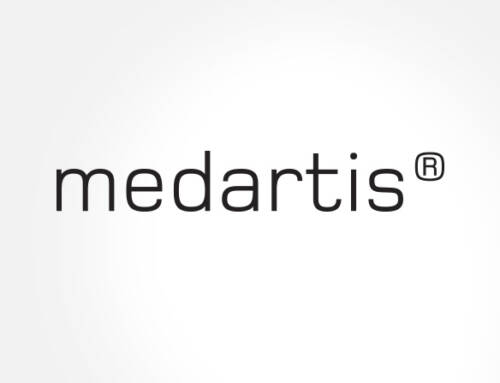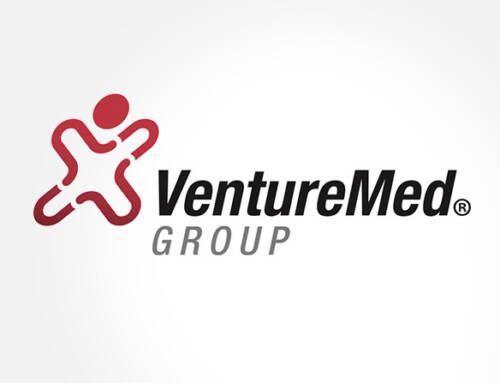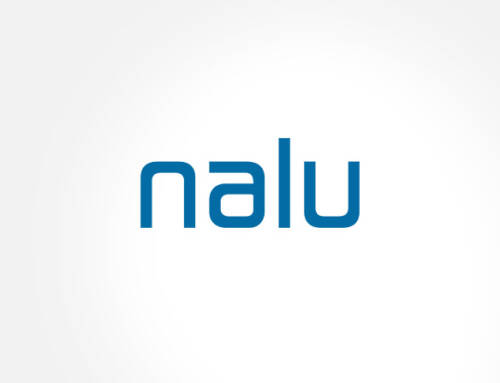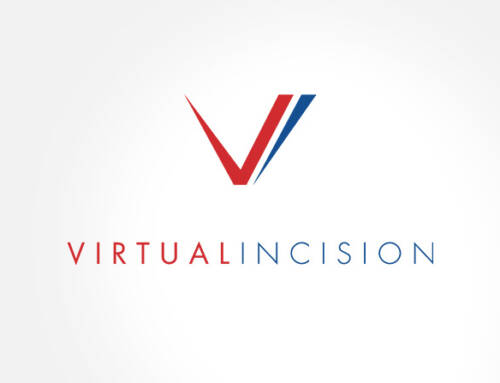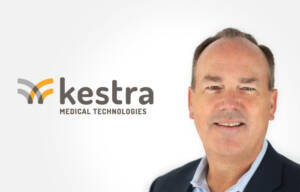 Sudden Cardiac Arrest (SCA) is a life-threatening condition affecting hundreds of thousands of individuals each year, particularly those with low Left Ventricular Ejection Fraction (LVEF). While wearable cardioverter defibrillators (WCDs) are a well-established therapy for preventing SCA, adherence rates are often low.
Sudden Cardiac Arrest (SCA) is a life-threatening condition affecting hundreds of thousands of individuals each year, particularly those with low Left Ventricular Ejection Fraction (LVEF). While wearable cardioverter defibrillators (WCDs) are a well-established therapy for preventing SCA, adherence rates are often low.
Kestra Medical Technologies is tackling this issue with its innovative ASSURE WCD, designed to improve patient comfort and adherence. As a Durable Medical Equipment (DME) provider operating under a rental model, Kestra manages the return, reconditioning and redeployment of its devices. This approach enables the company to spread costs over time and leverage reimbursement pathways. Recognising the potential of Kestra’s business model and of the ASSURE WCD in improving patient outcomes, Endeavour Vision invested in Kestra in 2022.
In this interview, Brian Webster, CEO of Kestra, shares insights on the company’s progress, challenges, and its promising future.
Could you explain the unmet clinical need in the WCD market prior to Kestra’s entry? What issues with the status quo is Kestra addressing?
For the WCD product category, there is a well-documented patient population that is at elevated risk of SCA post diagnosis with low LVEF. This population is about 850,000 patients annually in the U.S. and 1.8M outside of the U.S. There is also a well-established and highly effective therapy for SCA, namely, defibrillation from a WCD. With a clear at-risk patient population and established therapy, the only remaining question is whether a prescribed patient will wear the WCD. This is the largely unmet need that Kestra intends to solve. In a randomized controlled trial, the competitive device was only worn an average of 14 hours per day by patients. This low wear time led to unnecessary deaths. With Kestra’s comfortable, non-obtrusive device and low rate of false alarms, over 15,000 patients so far have been willing to wear our device for a median of 23 hours a day.
How does Kestra’s business model, as a DME provider, create challenges and opportunities for the business?
Using DME-like business practices provides challenges with regards to supply chain complexity with a rental model and with revenue attainment given revenue cycle management requirements as a direct provider. With regards to the rental model, Kestra must manage the return, re-conditioning, and redeployment of WCDs to meet customer service level requirements. With regards to the revenue cycle management, Kestra must contract with Medicare and numerous commercial payors to ensure reimbursement for our services. This process can take some time. Kestra is now in contract with over 80% of covered lives in the U.S.
DME-like business practices also provide some advantages. Kestra is able to access a DME reimbursement code for our product that is established by Centers for Medicare & Medicaid (CMS). Pricing for this code has been stable and since it is tied to the Consumer Price Index (CPI), prices for the WCD code have increased an average of over 5% for the last three years. The rental model also affords Kestra the opportunity to invest in an asset pool and amortize the costs of those capital assets over many years. This allows spreading of the acquisition cost over many patients for many years. This dynamic creates highly attractive gross margins. It also provides lower risk in the supply chain once the asset pool is built.
On the revenue side, after payor contracts are in hand, reimbursement levels are predictable and this provides a more stable revenue environment.
What types of results have you seen in the field, now that you have been commercializing the product for ~10 quarters?
Since our full U.S. launch in August of 2022, Kestra has made solid progress in the field. We have seen broad physician acceptance of the ASSURE WCD and the clinical feedback on our product performance has been very strong. In territories where we compete we have seen consistent market share capture.
What is the outlook for Kestra?
The outlook for Kestra is bright. We have made significant investment in building the infrastructure of the company. This includes the product, the revenue cycle management capability, the commercial team, the business infrastructure and the large asset pool. Now we believe we are positioned for an exciting period of growth.
Glossary
Centers for Medicare & Medicaid: Federal agency within the US Department of Health and Human Services that runs the Medicare, Medicaid, and Children’s Health Insurance programmes.
Covered lives: Individuals covered by a health insurance plan.
Durable Medical Equipment: Medical devices designed for everyday or extended use.
Left Ventricular Ejection Fraction: The amount of blood the left ventricle of the heart pumps out with each contraction.
Sudden Cardiac Arrest: When the heart suddenly stops beating.
Wearable Cardioverter Defibrillator: External device that continuously monitors heart rhythm and delivers defibrillation if needed.

